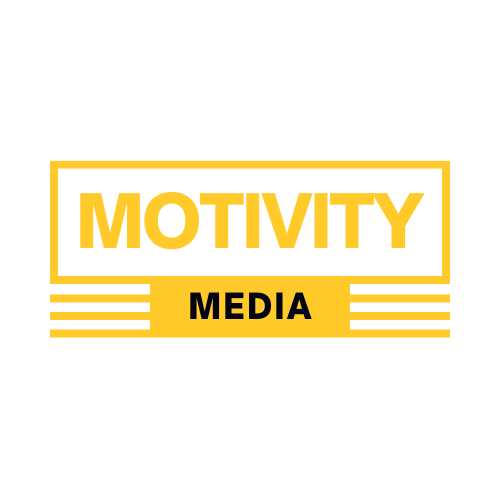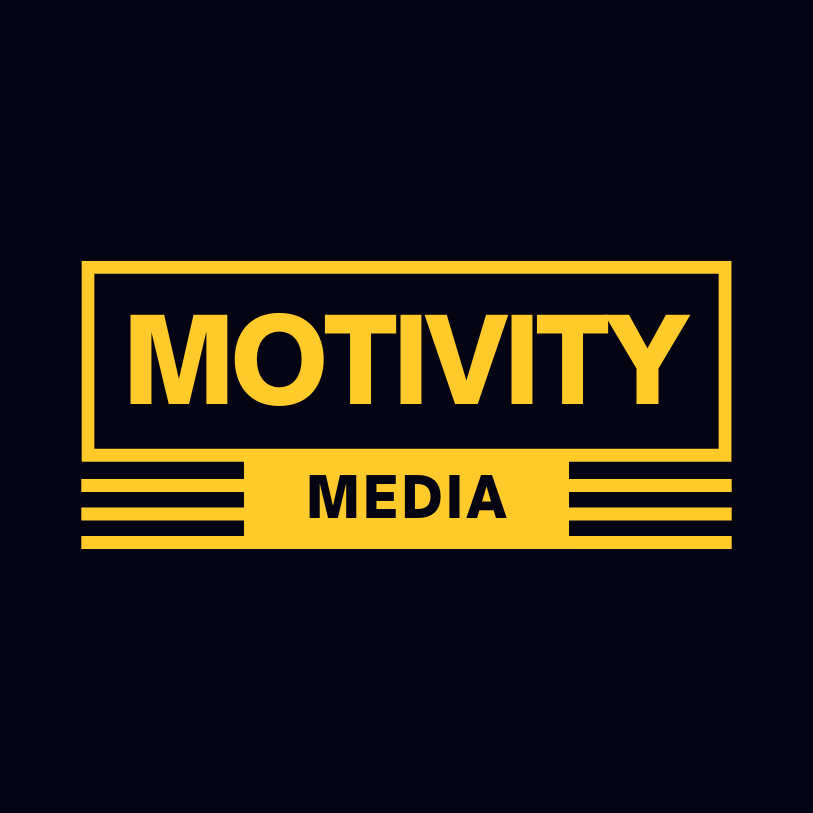The Power of Expectations
Imagine a team of talented athletes, each with exceptional skills yet lacking a game plan. The result? Disjointed efforts, wasted energy, and likely, a disappointing performance. This is precisely the pitfall organizations face when employee expectations are unclear. Conversely, setting clear expectations creates a powerful alignment, where individual contributions propel the organization toward its strategic goals.
Research provides compelling evidence for the positive impact of clear expectations. A strong correlation exists between clear expectations and employee performance. Employees who report a clear understanding of their roles are significantly more likely to achieve their goals. Additionally, when we understand what is expected of us, we have a greater sense of security about our role, which improves critical thinking and innovation. There is evidence of a correlation between clear expectations and engagement. Clear expectations foster a sense of purpose and direction, increasing employee engagement and motivation.
A Priority for Leaders
Leaders play a critical role in setting clear expectations. Leaders must carefully consider what is expected from each individual under their supervision. Most leaders have not experienced the time and attention necessary to complete this vital task. In many cases, employees are left to guess what is expected, creating unaligned work. Unaligned work is unnecessary and costly and should be a primary responsibility of each leader to eliminate from the organization.
Here are some effective strategies for leaders to utilize to increase the level of certainty regarding the expectations of their team members:
Mission and Strategy Integration: Connect individual roles to the organization's mission and strategic goals. How does each stakeholder’s work contribute to the bigger picture?
SMART Goals: Utilize the SMART goal framework (Specific, Measurable, Achievable, Relevant, and Time-Bound) to define performance expectations. This ensures clarity, focus, and a roadmap for success.
Two-Way Communication: Encourage open dialogue. Don't just dictate expectations; have a conversation where individuals can ask clarifying questions and feel empowered to contribute.
Regular Check-Ins: Schedule routine meetings to discuss progress, address roadblocks, and provide ongoing feedback.
If Leaders Won’t, Employees Must
When leaders don’t provide direction to individuals regarding what is expected of them, they must attempt to gain clarity from their leader. In doing so, they may agitate their leader, who finds expectation setting tedious and unwarranted. Each individual must assess whether they want to provoke their leader through their questions or live with the potential consequences of not meeting unknown expectations of them. A leader who fails to set expectations is likely not a leader with whom an employee will find career success while in their employment. But, this will be an evaluation that each person must make.
Here's how to be proactive as an employee of an organization:
Ask Questions: Don't hesitate to ask clarifying questions during goal setting or performance reviews.
Seek Feedback: Request regular feedback to gauge your progress and identify areas for improvement.
Summarize and Confirm: After discussions, summarize key takeaways and confirm your understanding of expectations.
By following these steps, leaders and employees can cultivate a work environment where clear expectations translate into high performance, propelling the organization toward achieving its strategic goals.
A Collection of Questions for Supervisors and Employees
Below, you will find a list of questions for supervisors and a list for employees or stakeholders that can be used to gain clarity for both parties. Of course, it is unlikely that either supervisors or team members will want to ask all of the questions in one setting, but they can serve as a reference for questions that can be interspersed throughout multiple meetings.
Questions Supervisors Should Ask:
Adequate supervision goes beyond just assigning tasks. Regularly checking in with team members to ensure they understand expectations is crucial for success. Here are some questions leaders can ask of stakeholders:
"Can you explain your understanding of the project goals and how your tasks contribute to achieving them?"
"Given your current workload, which tasks do you feel require the most focus right now?"
"How confident are you in meeting the deadlines for this project? Are there any areas where you might need additional support?"
"Can you describe how you plan to approach this task and what the final deliverable will look like?"
"Have you identified any potential roadblocks that could impact the results or timeliness of your deliverables?"
"What is your preferred method for receiving updates and feedback on your progress?"
"How often would you like to check in to discuss any questions or concerns you may have?"
"Do you feel comfortable contacting me for clarification or additional guidance?"
"Do you see any opportunities to improve the efficiency or effectiveness of our approach to this task?"
"Are there any additional resources or training you feel would help complete this project successfully?"
"Is there anything I can do to better support you in achieving your goals for this project?"
“Do you feel you have the necessary authority to complete what is expected of you?”
By incorporating these questions into your conversations, you can gauge your team member’s understanding of expectations, identify areas needing clarification, and foster a culture of open communication where individuals feel empowered to take ownership of their work and seek help when needed.
Questions Employees Should Ask:
Understanding what is expected of you is crucial for your success. Here are some questions you can ask your supervisor to ensure you're meeting their expectations of you:
"How does my role contribute to the organization's mission and strategic goals?"
"Given my current workload, what projects or tasks should I prioritize now?"
"How will my performance on this project be measured? What are the key metrics for success?"
"Can you walk me through your preferred steps to complete this project?"
"What are the expected deliverables for this task? What format and level of detail are you looking for?"
"Is there a specific deadline for this project? Are there any interim milestones I should be aware of?"
"What is your preferred communication format for updates and questions on this project? Email, calls, or in-person meetings?"
"How often can I expect feedback on my progress? What is the best way for me to seek feedback if needed?"
"Who should I contact if I encounter any roadblocks or challenges during this project?"
"Are any resources or training opportunities available to help me excel in this area?"
"How does this project align with what you view as my long-term career goals within the organization?"
By asking these questions, you can better understand what is expected of you, take ownership of your work, and ultimately achieve success in your role. Clear communication is a two-way exchange, so don't hesitate to ask for clarification and keep the conversation going!
Setting clear expectations and understanding them is critical to the organization's success. Expectations connect the individual to the organization's roles, goals, strategies, and mission. Without this coordination of work, the organization will likely falter in its purpose and effectiveness.
“Whether you turn to the right or the left, your ears will hear a voice behind you saying, “This is the way; walk in it.” Isaiah 30:21

